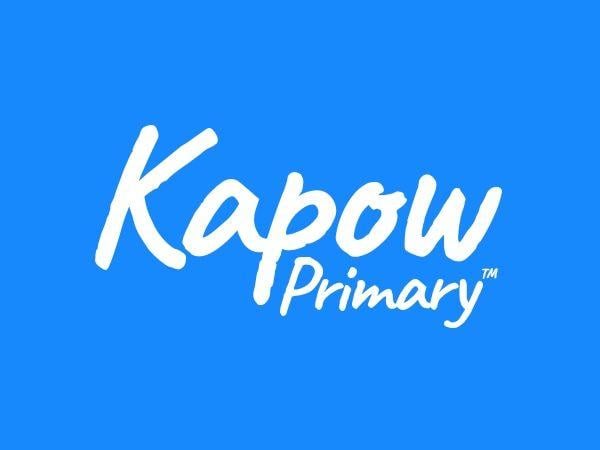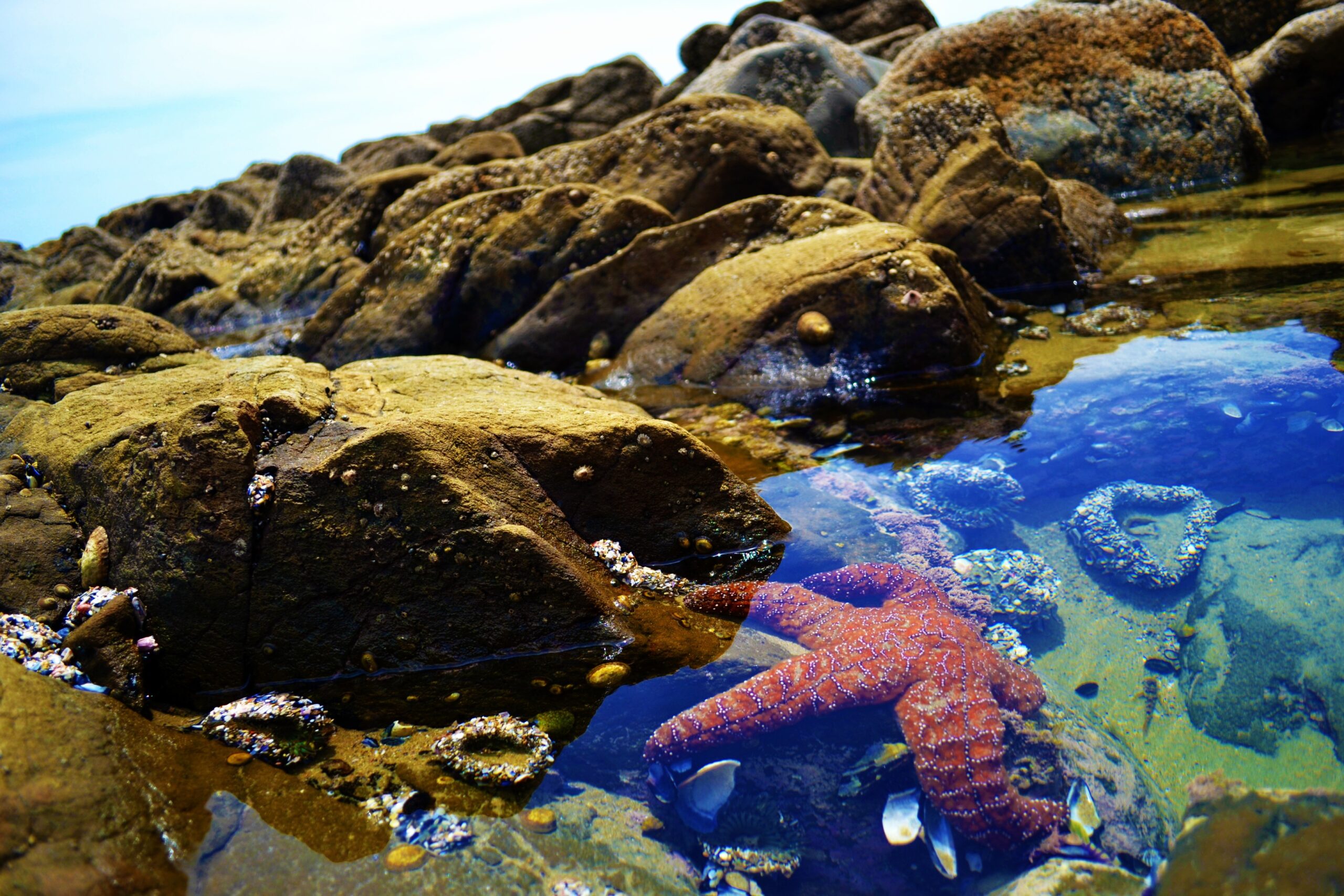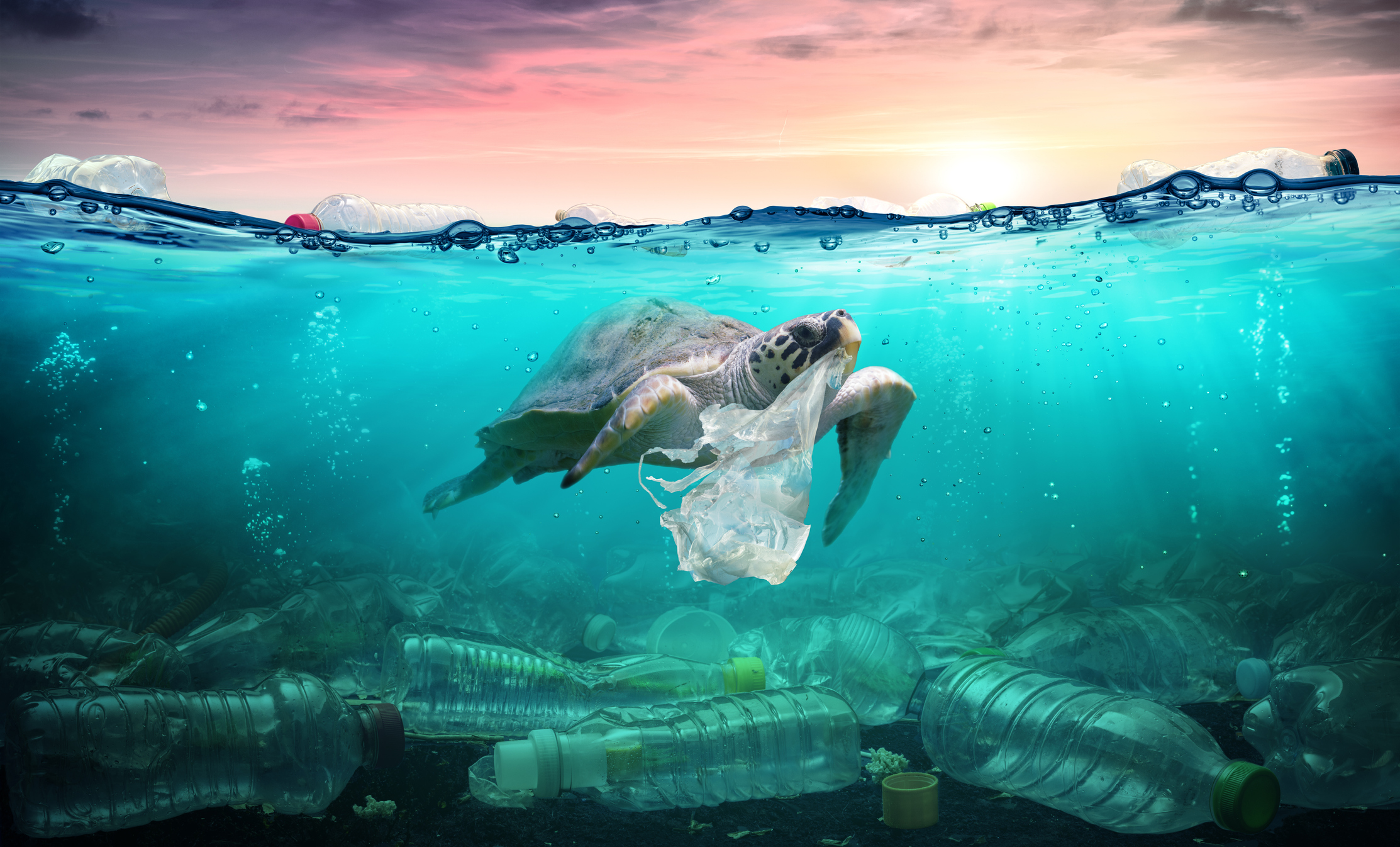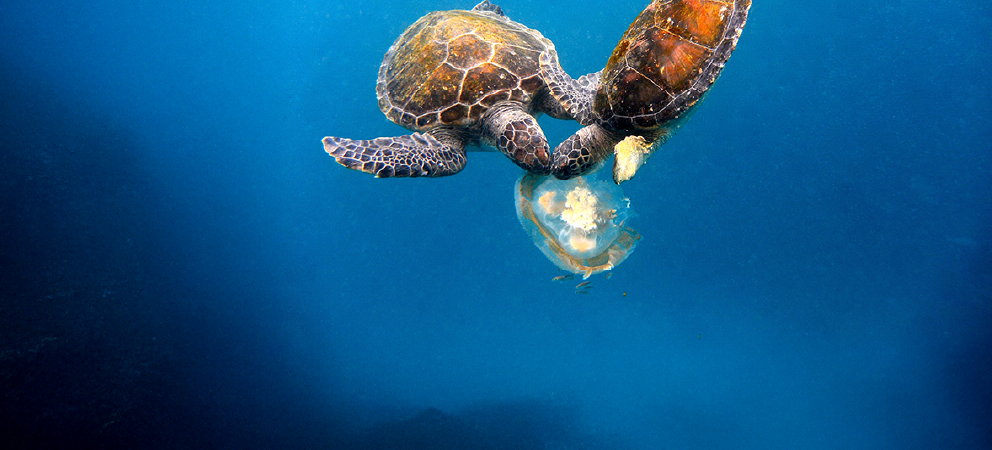Invite volunteers to drag the images in the presentation to the correct group and allow the class to check their card groupings.
Proceed to slide 2 and ask the children to identify each life cycle’s youngest and oldest stages. Instruct them to add the final two cards to form a life cycle for each animal group, using whiteboard pens to add arrows to complete the diagrams.
Ask volunteers to drag the images in the presentation to form a life cycle to check their work. Repeat this with slides 3 and 4 to sort the other animals’ life cycles.
Decide as a class on a symbol representing similarity (such as a tick, an equals sign or an ‘S’) and difference (such as a cross, a crossed-out equals sign or a ‘D’). Alternatively, hand out whiteboard pens in different colours and allow the children to colour-code the two categories and use a key to explain which is which. Ask the class to discuss similarities and differences between each life cycle within their group. Explain that each pupil is responsible for recording the notes on one of the life cycles.
Photograph the children’s arranged images and labels to record their work.
Take feedback and ask the children to compare identified similarities and differences. These may include:
- All three begin life hatching from an egg.
- They all change as they grow.
- They all start smaller and get bigger.
- The butterfly lives fully on land, the fish lives entirely in the water and the turtle can live on land and in water. Their habitats can be very different.
- The butterfly goes through metamorphosis but the other two do not.
- The baby and adult turtles look most alike compared to the other juveniles and adults.





